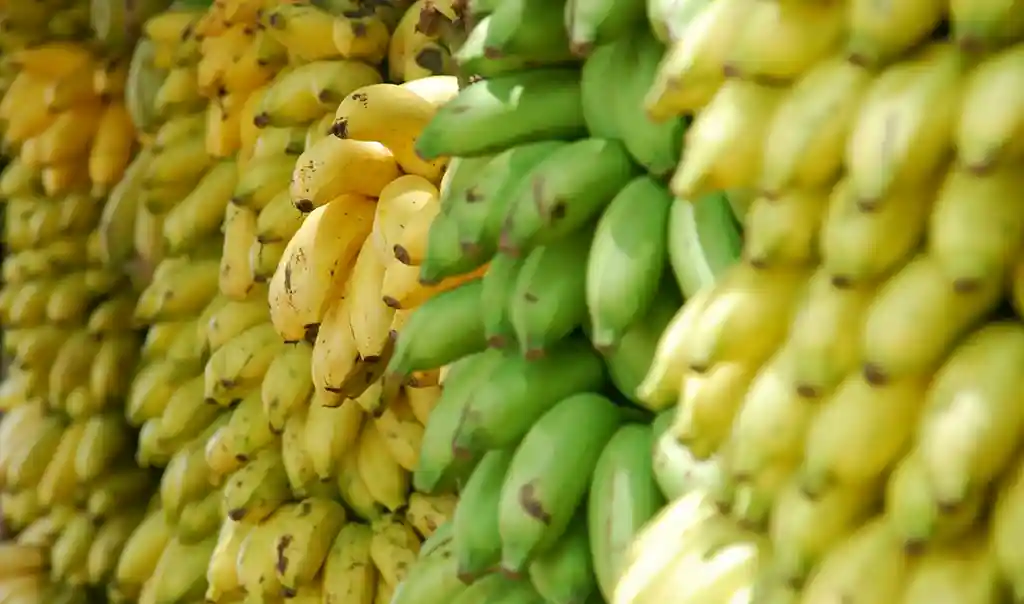Address
304 North Cardinal
St. Dorchester Center, MA 02124
Work Hours
Monday to Friday: 7AM - 7PM
Weekend: 10AM - 5PM
Address
304 North Cardinal
St. Dorchester Center, MA 02124
Work Hours
Monday to Friday: 7AM - 7PM
Weekend: 10AM - 5PM

When you’re rushing through the grocery store, you might grab a bunch of bananas, only to realize they’re actually plantains when you check the label.
Bananas and plantains seem alike at first glance, but once you peel them, you’ll notice a big difference! They’re both tasty fruits, but they serve different purposes. Let’s explore the contrasts between bananas and plantains.
Bananas and plantains belong to the same fruit family, but they have distinct appearances, flavors, textures, and culinary uses.
Bananas are usually smaller with thin skin and soft, sweet flesh. Plantains are larger with thicker skin and starchy fruit.
Both fruits ripen from green to yellow to brown, and you can eat them at any stage, although green bananas can taste bitter.
Most bananas and plantains thrive in warm, tropical climates. They originated in Southeast Asia and spread to Africa and the Caribbean through trade routes.
Today, you can find many banana varieties worldwide, with the most common type in the US being the Cavendish banana. These bananas mostly come from countries in Central and South America, as well as tropical areas of the US like Florida and Hawaii.
Taste Test: Cavendish bananas are delicious raw or used in desserts. Their smooth texture and natural sweetness make them perfect for smoothies or fruit salads. You can even cook them to bring out a caramelized flavor.
Plantains have a higher starch content, so they’re not as sweet, especially when green. They’re best cooked—sauteed, fried, baked, or boiled. Plantains are popular in Caribbean, African, and South American cuisines, featuring in both savory dishes and desserts.
Bananas and plantains offer similar nutrients like potassium, magnesium, vitamin C, and fiber. Bananas have more sugar, while plantains have more starch.
How healthy they are depends on how you prepare them. Fried plantains with sugar won’t be as nutritious as a ripe banana eaten raw.
If you’re new to plantains, start with ripe ones—they’re easier to slice. Try making air-fried plantains for a tasty dish at your next gathering, whether it’s a summer barbecue or a cozy winter meal. You won’t be disappointed!